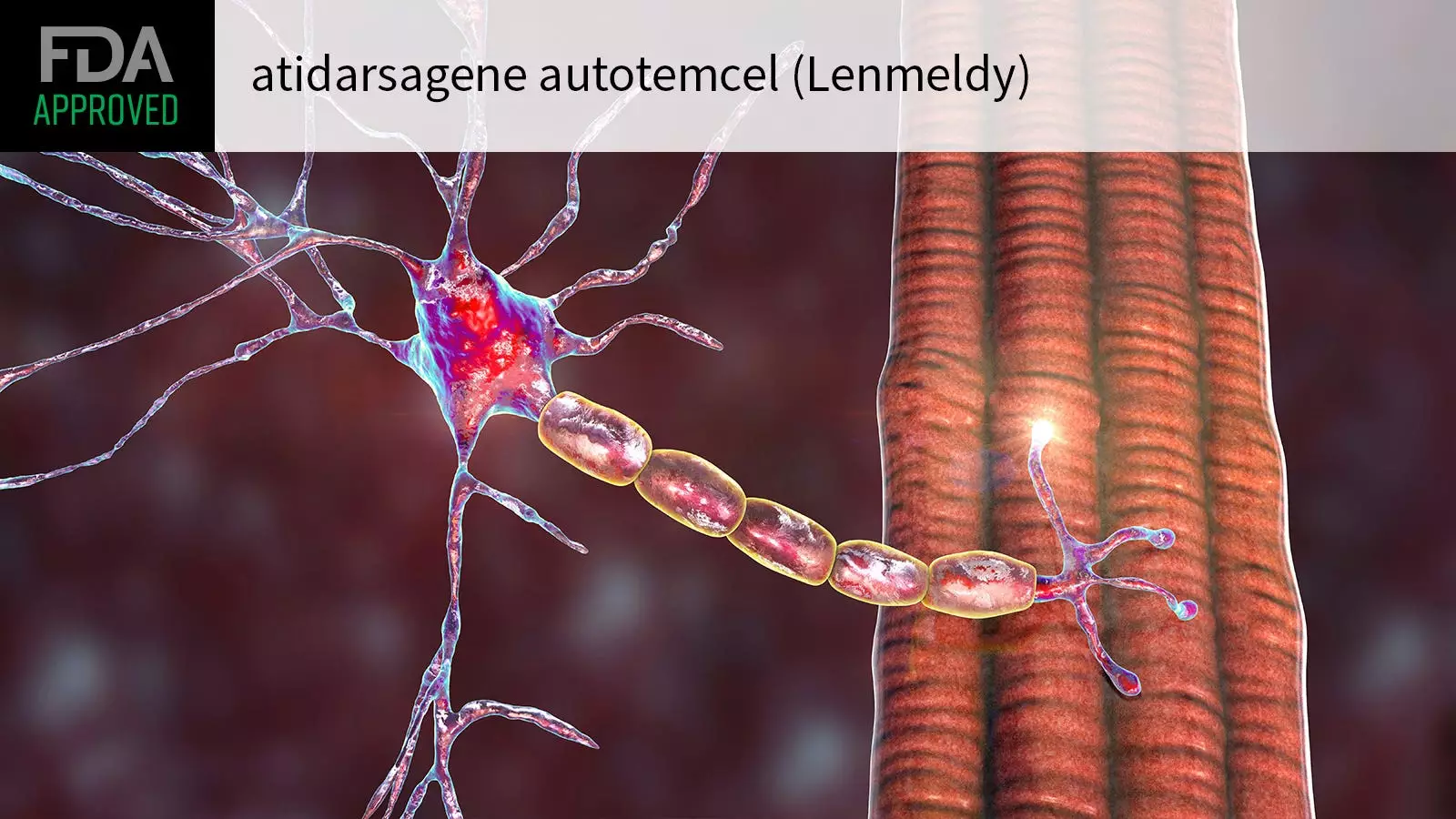The recent approval by the FDA of atidarsagene autotemcel (arsa-cel; Lenmeldy) marks a significant milestone in the treatment of children with metachromatic leukodystrophy. This gene therapy is a one-time single-dose infusion made from a patient’s hematopoietic stem cells that have been modified to include functional copies of the ARSA gene. The purpose of this therapy is to address the root cause of the disease, which is a mutation in the ARSA gene that leads to the accumulation of sulfatides in the central nervous system and peripheral nervous system.
Clinical trials have demonstrated the effectiveness of arsa-cel in reducing the risk of severe motor impairment or death in children with metachromatic leukodystrophy. In fact, all children with pre-symptomatic late infantile MLD who received treatment were alive at 6 years, compared to only 58% of children in the natural history group. Furthermore, treated children showed improvements in motor skills and cognitive functions, with 71% being able to walk without assistance at 5 years of age. This significant improvement in outcomes underscores the potential of gene therapy to slow disease progression and improve quality of life for patients.
While arsa-cel has shown promising results in clinical trials, it is important to acknowledge the potential risks associated with this treatment. The most common adverse events reported include fever, low white blood cell count, mouth sores, and respiratory infections. Additionally, there is a risk of blood clots, encephalitis, and potentially, blood cancer associated with treatment. As a result, patients receiving this gene therapy should undergo lifelong monitoring for hematologic malignancies, including regular blood tests and integration site analysis for up to 15 years after treatment.
The approval of atidarsagene autotemcel (arsa-cel) by the FDA represents a significant advancement in the treatment of metachromatic leukodystrophy in children. This gene therapy offers new hope for patients with this rare genetic disease by addressing the underlying cause and improving clinical outcomes. While there are potential risks associated with treatment, the benefits of arsa-cel in slowing disease progression and improving quality of life cannot be overlooked. Moving forward, continued research and monitoring will be essential to further understand the long-term effects of gene therapy in patients with metachromatic leukodystrophy.


Leave a Reply